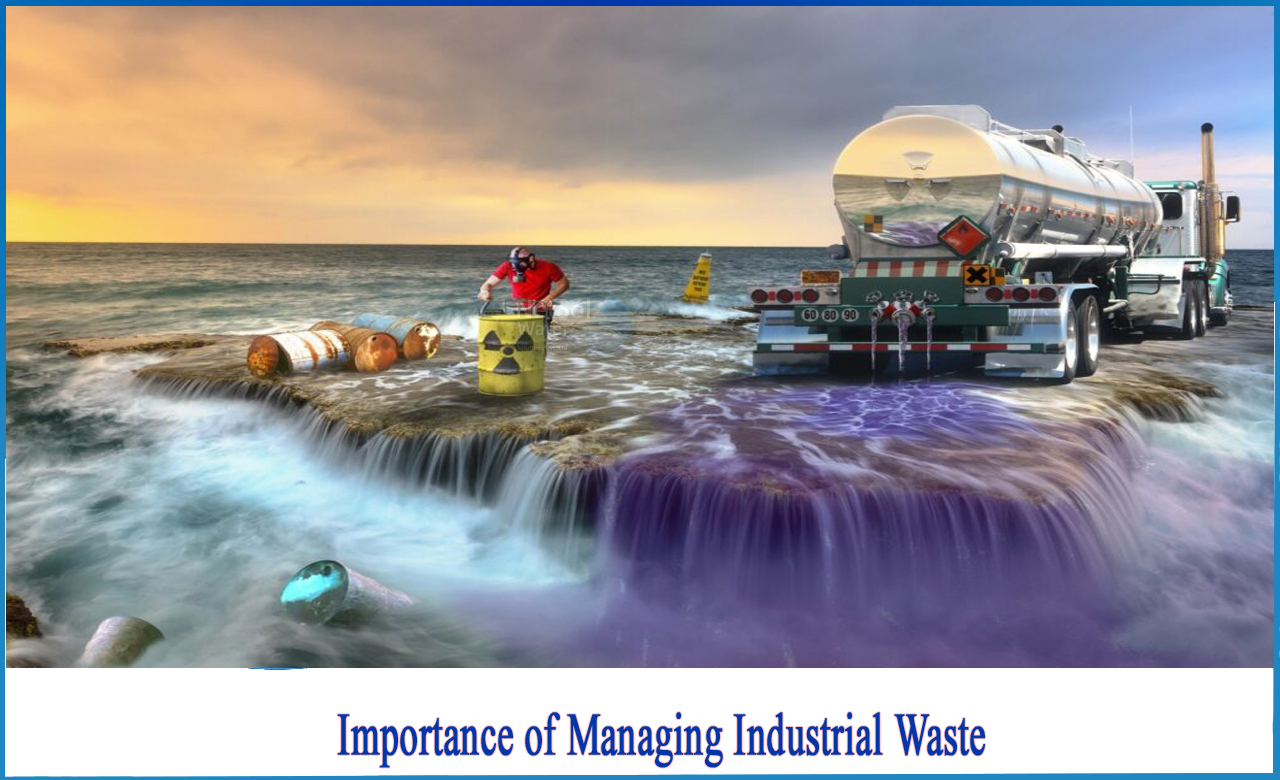Some Of Reclaim Waste
Some Of Reclaim Waste
Blog Article
The Of Reclaim Waste
Table of ContentsAll about Reclaim WasteWhat Does Reclaim Waste Do?What Does Reclaim Waste Mean?All about Reclaim WasteThe Ultimate Guide To Reclaim WasteSome Of Reclaim Waste

Never ever put damaging substances down sinks, toilets or stormwater drains Materials consisting of fuel, grease, oil, chemicals and herbicides, and solvents such as paint pole dancers should not be put down sinks, bathrooms or stormwater drains. These substances are hard to remove in the sewer therapy process and trigger air pollution issues in our neighborhood rivers.

Although liquid waste is a term that covers a wide range of materials, there's a great reason that leaving its disposal to the professionals is recommended. Fluid waste is non-solid material that has no more use and must be treated and taken care of according to neighborhood, state and federal regulations.
Indicators on Reclaim Waste You Need To Know
Although examples of fluid waste can consist of wastewater, fats, oils or grease, used oil, fluids, solids, gases or sludges and hazardous family liquids, there are some that are considered to be much more dangerous than others when it comes to the setting and the wellness of animals and people alike. It's for this factor that each state and region have actually stringent regulations linked to fluid waste monitoring.
Liquid waste can be stored in holding containers or packaged in drums, intermediate mass containers or authorized little containers prior to either being dealt with or removed using outsourced vacuum trucks. Given the nature of the products, fluid waste can not enter the basic waste stream and there are stringent regulations on how to dispose of it properly.
(https://www.storeboard.com/reclaimwaste2)Depending on a resolution of the degree of danger, it may be required to remediate those websites. On top of that, hazardous liquid chemical wastes are managed waste and should be tracked according to the state waste regulations. Under the chain of protection and duties, owners are responsible and liable for waste created by a company.
One of the core applications for superabsorbent polymers (SAPs) is fluid waste solidification. industrial wastewater treatment. SAPs are made use of by waste monitoring professionals to stop potentially harmful fluids from getting in waterways, groundwater aquifers, and other delicate environments. Because liquids can swiftly transfer pollutants into ecological receptors and potentially add to geotechnical failures, liquid wastes are often prohibited from disposal in landfills
The Reclaim Waste Statements
Generally, free liquids are liquids that separate from the solid portion of waste material. Liquid waste can include the following: HDD mud and cuttings Land fill leachate Wastewater therapy sludge & biosolids Dug up debris Oil and gas drill cuttings Working out pond muck Hydro Excavation slurry Coal combustion residuals/ash Tank bottom sludge Concrete grinding/polishing slurry Related Short article: For a functional instance of complimentary liquids dividing from waste product, think about the complying with scenario: A waste management specialist loads a dump truck with sludge from a wastewater treatment plant's aeration basin, throughout a routine upkeep occasion.
Nonetheless, when the motorist reaches the landfill, he notices water seeping from the sludge and putting from the dump vehicle. The lots was denied by the land fill and the vehicle driver was compelled to get rid of the waste as a liquid waste at an unique facility, which increased the disposal costs greatly.
We additionally need to be accountable for the correct disposal of our waste products. It is not enough that we pay waste disposal business to take care of our rubbish.
The Best Strategy To Use For Reclaim Waste

Segregating your waste can More about the author begin inside the home. Set apart dry and fluid waste as well as edible waste, eco-friendly and non-biodegradable materials.
Layer the bottom with soil to take in the damp waste. Layer the garden compost with wet and dry waste as well as soil to keep a balance in between the damp and the completely dry.
More About Reclaim Waste
To help with faster decomposition, you can additionally include semi composted soil to the compost. If you see the odor is becoming also solid, add added newspapers and paper waste or include even more holes to the compost container to keep the balance of the waste products.
The world is drowning in rubbish and we can not pay for to be reckless anymore. We need to act and reuse whatever we can wherever we can. We additionally need to be responsible for the appropriate disposal of our waste products. It is insufficient that we pay garbage disposal business to take treatment of our rubbish.
Our waste, our responsibility. Have you ever before questioned what takes place to your fluid waste after it's collected? Did you know that liquid waste can be recycled?
Not known Details About Reclaim Waste
Segregating your waste can start inside the home. Segregate completely dry and liquid waste as well as edible waste, eco-friendly and non-biodegradable products.
You can use old trash container, pail, yard pot or old plastic drums. Drill four to five openings in the container so the air can distribute. Layer all-time low with soil to take in the wet waste. Begin the composting procedure. Layer the compost with wet and dry waste as well as soil to preserve a balance between the damp and the completely dry.
Cover the compost bin. As soon as a week, include soil on top of the compost. To help with faster decomposition, you can additionally include semi composted dirt to the garden compost. Preserve the compost. If you see the odor is ending up being also solid, include extra newspapers and paper waste or include even more openings to the compost bin to keep the balance of the waste materials.
Report this page